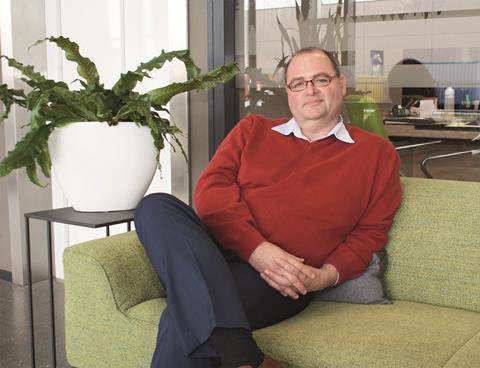
In 2019 there was a strong, quite single-minded push against plastics in general from several places in activism and the media.
The question Brett PA Lamont, senior business creator at OneCircle and Lightweight Containers (KeyKeg, UniKeg) asks is:
Can you imagine a hospital without the ability to have sterile single-use equipment right now?
These plastics are both protecting the dedicated men and women on the front line of the pandemic but also protecting the very patients whose lives they are trying to save.
A world without the ability to access medicine in a sterile container, food, or the parts of a dialysis machine would be a world in which countless more people would be losing their lives daily. A truth that was never truly explored by the sensationalist anti-plastic media drive.
It is very clear now that not all plastic is bad. It can be clean and deliver you and your family not only convenience but live-saving advantages. Plastic has been saving lives for many years now - if you think back in your past, plastic may have already saved your life.
It is very clear to me, and I am sure to many of you, that the pandemic is a problem humanity is faced with. It is a problem for the world to solve and we are in this together.
The environmental challenges we are facing in the post COVID world are just as global as the pandemic, they are ever present and we will have to continue the work started by many to solve the environmental challenges we face practically and sustainably.
These two challenges though very different are both very; as you can imagine, complex. There is no simple fix for COVID-19, there is no off-the-shelf vaccine, the world has never needed more ventilators than it does right now. It is the same for environmental challenges. Very often the solutions are not off-the-shelf, new technologies and the old need to be combined to create new solutions.
The simplistic nature of the arguments against the use of plastic was a source of true frustration for me especially in 2019. People were making sweeping statements, like “Just get rid of plastic” or “Just stop using plastic products”. These were not then and are not now useful nor realistic statements. They are easy to pronounce, they make great headlines with pictures of plastic filled rivers but, like most negative observations, they are devoid of solution and suggestion.
If we are to secure a viable future for humanity, I strongly believe being prepared for the next pandemic will be on the agenda and within that strategy, I will be very surprised if single-use products will not form a part of those preparations. They are here to stay, they save lives.
He then asks:
What is the potential solution when it comes to single-use products and packaging to ensure they are made truly sustainable?
If I consider the challenge then at this stage a truly viable manner in which to solve the challenges faced by the requirement and ultimately the demand from the market for single-use packaging is to focus on the Circular Economy.
PET is an excellent example of a plastic that can be used for example as a hand sanitizer bottle, then be collected recycled and turned into a soda bottle. Little by little, step by step collection communities and investment has been going into the ability to recycle and create RPET. The growth in demand from the market for more responsible packaging has certainly played a part in this new economy, it is an economy that is growing and evolving.
One of the keys to improve package or product design to be more environmentally viable is to start with the base design and choice of the raw materials. Choosing circular base materials is something that is starting to happen already.
The more people that support the use of circular products and consumers start to play a role in seeking to be a part of the circular economy, the faster it will develop and grow. The demand itself creates value, the drive for the investment creates more investment which will grow true sustainability not only environmental but economical.
In the raw material industry, there are already many companies developing bioplastics which are plastics that are no longer created from the use of fossil fuels. These kinds of raw materials can be recycled both chemically and mechanically, this helps to drive plastics away from landfill into the recycling and circular economies.
The circular economy is creating jobs and opportunities, the more we push this direction the more viable it becomes, the more the circular economy will grow into a self-sustainable system keeping life-saving and very often convenient products available whilst playing a major role in the reduction of the carbon footprint of various key industries, for example, the medical and beverage.
Plastics are not all bad. How we deal with plastics can be changed from bad to good whilst benefitting the environment and the economy. Start to play your role as a consumer, demand products that are made for or are already a part of the circular economy. Educate yourself on the circularity of products and reward those companies that are moving in this direction. You can also put your single use plastic into the recycle bin.
The one thing I am sure of in this uncertain world is that the problems we face are problems for us all, they are not yours, they are not mine, they are ours and together with the right focus, they can be solved.
















